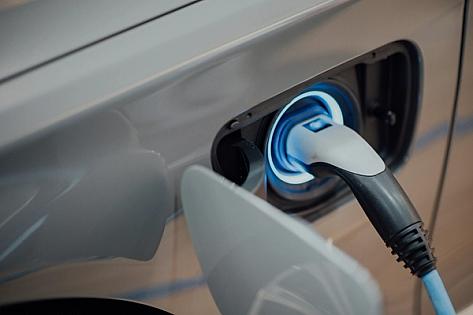
How to Negotiate the Price of a Used Car Like a Pro
1. Do Your Homework
Before stepping onto a dealership lot or meeting a private seller, arm yourself with knowledge. Research the car’s market value using tools like Kelley Blue Book (KBB), Edmunds, or CARFAX. These platforms provide a clear idea of what the car is worth based on its make, model, mileage, and condition.
Example:
If the car you’re eyeing is listed for $20,000 but KBB suggests its market value is $18,500, you have a strong starting point for negotiation.
Quote:
“Knowledge is power. If you’ve done your research, you’re already ahead in the negotiation,” says Chris Voss, former FBI hostage negotiator and author of Never Split the Difference.
2. Inspect the Vehicle Thoroughly
Before negotiating, ensure the car meets your standards. Look for wear and tear, check for service records, and ask about any accidents.
Example:
If you notice worn tires or a chipped windshield, use these as bargaining points. “The tires will need replacing soon, which will cost me an additional $800. Could we adjust the price to reflect that?”
Quote:
“The best way to negotiate is to find leverage. Pointing out things that lower the car’s value is a great way to do it,” advisesWarren Buffett, who emphasizes value-based decisions.
3. Start with a Counteroffer
The seller’s initial price is rarely their bottom line. Offer a price lower than your budget to leave room for negotiation.
Example:
If the asking price is $15,000 and you’re willing to pay $14,000, start your offer at $13,000. This allows for back-and-forth discussions while staying within your target range.
Quote:
“You don’t get what you deserve; you get what you negotiate,” says Dr. Chester Karrass, an expert in negotiation training.
4. Be Polite but Firm
A calm and respectful attitude can go a long way. Avoid confrontation and instead focus on building rapport with the seller.
Example:
Say, “I really like the car, but my budget is $12,500. I understand you’re asking for $13,500. Can we meet somewhere in the middle?”
Quote:
“Always leave the other side feeling like they’ve won something,” suggests Dale Carnegie, author of How to Win Friends and Influence People.
5. Don’t Be Afraid to Walk Away
One of the most powerful tools in negotiation is the ability to walk away. This shows the seller you’re serious about your terms and not afraid to explore other options.
Example:
If the seller won’t budge on a price that doesn’t work for you, thank them for their time and let them know you’ll keep looking. Often, they’ll call you back with a better offer.
Quote:
“You must never underestimate the power of saying no,” says Barbara Corcoran, real estate mogul and Shark Tank investor.
6. Time Your Purchase Wisely
Timing can influence your ability to negotiate. Dealerships often want to clear inventory at the end of the month, quarter, or year.
Example:
Shop on the last day of the month when salespeople are eager to meet their quotas, and you might secure a better deal.
Quote:
“Timing is everything in life, and that includes making a deal,” says Donald Trump in his book The Art of the Deal.
7. Use the “Silence Trick”
After making an offer, pause and let the seller respond. Silence can create discomfort and often prompts the seller to fill the gap with concessions.
Example:
Say, “Would you take $10,000 for this car?” Then, stop talking. The seller might counter with a lower price than anticipated just to end the silence.
Quote:
“Let silence do the heavy lifting,” suggests Chris Voss.
In Conclusion
Negotiating the price of a used car doesn’t have to be stressful. With preparation, confidence, and a strategic approach, you can secure a deal that works for you. Remember, every dollar saved is money you can put toward future maintenance, upgrades, or even a celebratory road trip!
Take your time, stay informed, and never be afraid to ask for what you want. As Chris Voss says, “The worst thing they can say is no.”
Happy negotiating! 🚗
Related Articles

Thinking About Buying an EV in 2025? Here’s What You Need to…
Car Buying Tips and Advice
2025 electric vehicle guide: Compare EV models, charging options, range, maintenance, and insurance costs before buying

Best Time to Buy a Car: Spring Sales vs. Year-End Clearance
Car Buying Tips and Advice
Wondering when to buy your next car? Discover how spring sales and year-end deals compare, and how AutoFinder.com helps you save year-round.

Best Cars for Snow and Winter Driving Conditions
Car Buying Tips and Advice
Discover the best cars for snow with top picks like Subaru WRX, Subaru Forester, Audi Q5, and Ford Bronco plus key features for safe winter driving.